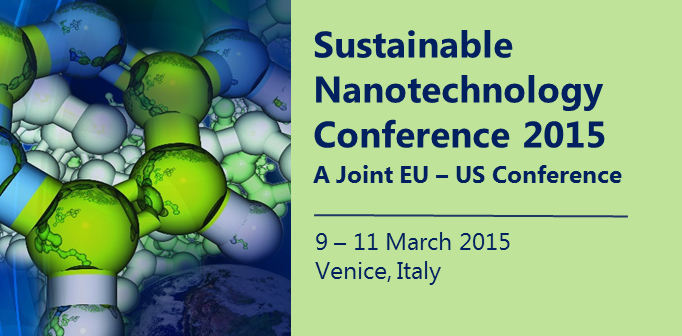Speaker
Anna A. Antsiferova
(National Research Centre “Kurchatov Institute”, Moscow, 123182 Russia, Moscow Institute of Physics and Technologies, Moscow, Russia)
Description
A.A. Antsiferova 1,2, Yu.P. Buzulukov 1,2, V.A. Demin 1,2, V.F. Demin 1,2, P.K. Kashkarov 1,2,3
1 Moscow Institute of Physics and Technologies, Moscow Region, 141700 Russia
2 National Research Centre “Kurchatov Institute”, Moscow, 123182 Russia
3 Lomonosov Moscow State University, Moscow, 119991 Russia
The problem of nanosafety appeared about 10 years ago and is due to wide use of nanoparticles (NPs) in different areas of industry. It includes a row of important questions such as determination of NP biokinetics in organism, its toxicity and so on.
In order to answer these questions NPs content must be analyzed in complex biological media. One of the best way for this purpose is an application of nuclear-physical methods which demonstrate ultimately high integrity, precision and ability to measure quantitative amounts of NPs of bioessential elements in biological tissues.
Neutron Activation Analysis (NAA) and Radioactive Labeling technique were developed for study of biokinetics of some widely used NPs such as silver, gold and titanium dioxide NPs. Each kind of NPs requires its unique approach in this way. For example, silver and gold provide isotopes with quite satisfactory characteristics in the process of neutron activation but titanium dioxide doesn’t. The approach of detecting of titanium dioxide NPs was found in radioactive labeling of these NPs by fast protons.
With the application of NAA some important results were obtained. E.g., gold NPs were mostly accumulated in rat kidneys, while silver NPs were found in large amount in liver and brain. It was demonstrated that silver NPs easily penetrate through blood-brain barrier. Moreover, rather low level of excretion of silver NPs from brain was shown that can be of great practical value.
The work was financially supported by Ministry of Education and Science of the Russian Federation (grant № RFMEFI57514X0072).
Primary author
Anna A. Antsiferova
(National Research Centre “Kurchatov Institute”, Moscow, 123182 Russia, Moscow Institute of Physics and Technologies, Moscow, Russia)
Co-authors
Vyacheslav A. Demin
(National Research Centre “Kurchatov Institute”, Moscow, 123182 Russia, Moscow Institute of Physics and Technologies, Moscow, Russia)
Yurii P. Buzulukov
(National Research Centre “Kurchatov Institute”, Moscow, 123182 Russia, Moscow Institute of Physics and Technologies, Moscow, Russia)
